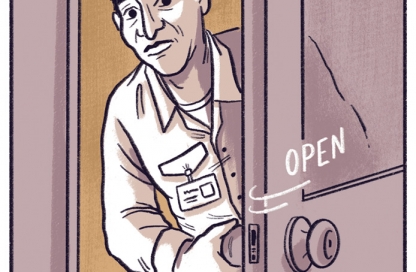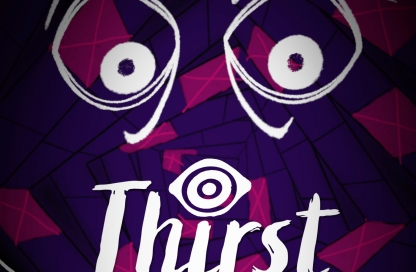The changing face of comic books causes Vertigo
The Vertigo imprint was launched by DC Comics in 1993 and quickly became one of the best sources for quality (non-superhero) storytelling. Sandman, Hellblazer, Sandman Mystery Theater and Fables were must-reads for years and added rocket fuel to many careers, including Neil Gaiman’s. If you had a thriller, horror, fantasy, or romance story to tell you knocked on Vertigo’s door.
But Vertigo has been going through some tough times recently. Some of their main characters have been moved into the DC superhero stable, making off-color characters like John Constantine (Hellblazer) a little more on-color. Then Karen Berger, at the helm of Vertigo for 20 years, left the company. Even with DC hollering at the top of their lungs that Vertigo wasn’t going away, few believed them.
According to this piece in the New York Times, Vertigo is back, with a focus that the management hopes will inject new readers into their blood. While they’re leaning on Neil Gaiman’s Sandman to get attention, they’re also releasing new titles that sound promising.
With that said, the path that Vertigo has been on in recent years is indicative of a larger trend in comic book storytelling. It’s not a bad trend. It’s not a good trend. It’s a trend that reflects modern business pressures.
In 2010, Vertigo became an imprint for creator-owned content, meaning “them that makes it, owns it”. It was an admirable step in a business that had struggled with the dichotomy of treating its talent with respect, and growing its audience at a rate pleasing to stock holders.
But as comic book sales faltered across the board, Hollywood caught on to the fact that superheroes are multi-billion dollar modern myths. Both Marvel (Disney) and DC (Warner Brothers) have found it difficult to justify taking the kind of risks that niche content requires. Of course, the problem with considering anything niche these days is a mistake. Zombies used to be niche. Hell, super heroes used to be niche.
Meanwhile, many comic creators lament the top-down management of today’s comic book titles. The number of complaints about editorial meddling, last-second story changes and story-by-committee has been rising, especially since the launch of DC’s New 52, a refresh of all their titles.
The current anger at corporate comic book companies may be a reflection of a seismic shift in the way business is done today. Growth must be explosive. Ideas must come fast, sell fast, and become films fast. But it should also be noted that complaining about editorial is an age-old tradition, steeped in the inherent friction of a creator and a partner.
The business of making and selling comic books won’t always be this way. Eventually, the current trends of comic storytelling won’t generate the revenue expected. Most likely, tiny niches will explode in our blind spots, making creators lament, “why didn’t I think of that?”, and business people wail, “why didn’t we publish that?”. Then, new ideas will be needed to find new audiences. New (and veteran) storytellers will be a hot commodity again. Maybe Vertigo will be the go-to imprint for that inevitable trend. Maybe Image will win the day. Or maybe, the creators themselves will harvest this field of money, using the Web, or an app store, or a TBD platform. Because, let’s face it, in the end creators will always find a way to tell us stories.


